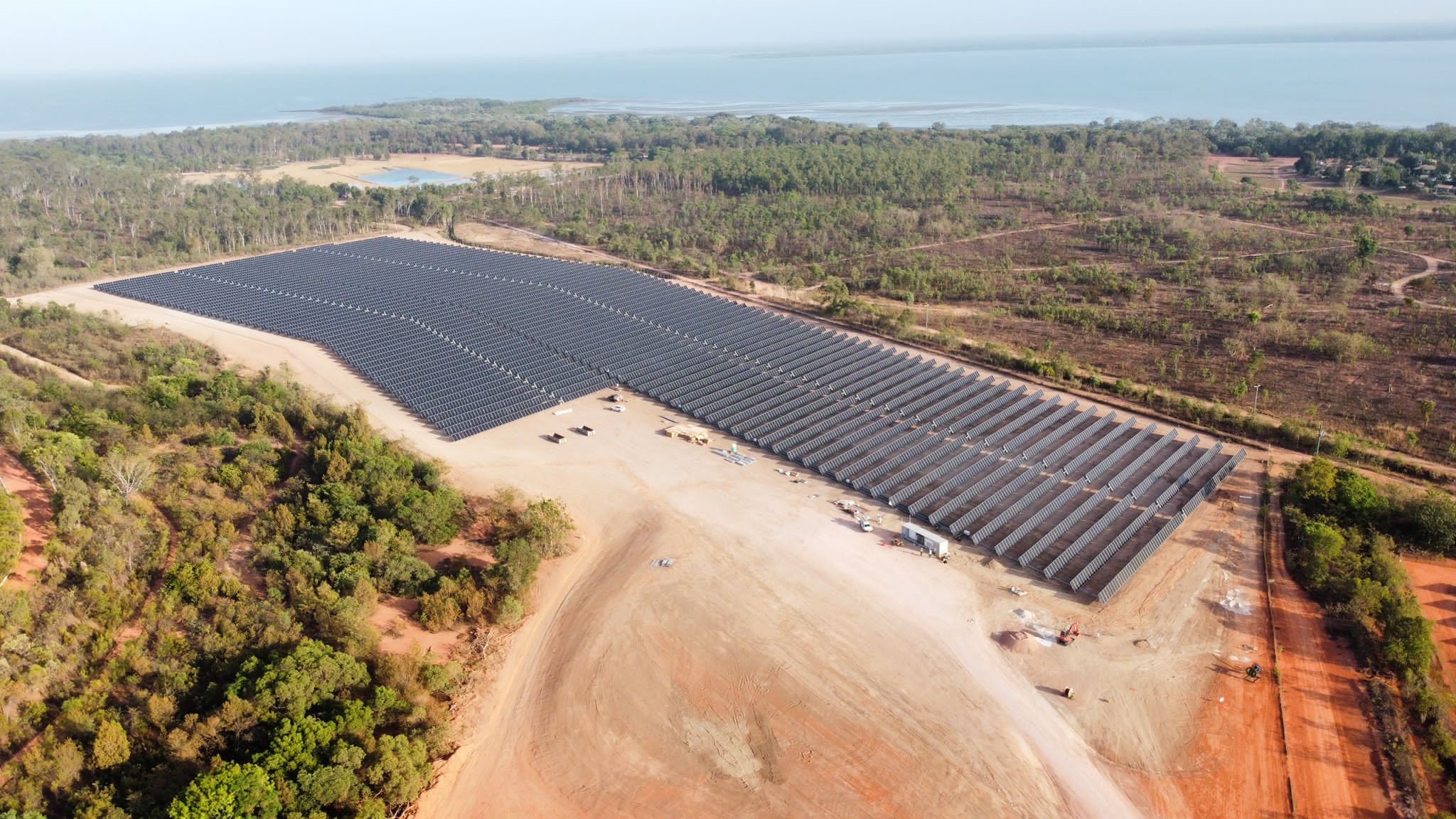
4 minute read
‘Get started and get boots on the ground’
With a total of 9 projects in Australia, renewable power provider JUWI has proven that a hybrid system actually increases the reliability of a mine’s power system. Energy and Mines spoke to Business Development Manager Niklas Günter shortly after the company successfully commissioned the 5 MWp solar PV system at Rio Tinto’s Weipa operations, and as it approached completion at BHP Nickel West’s Northern Goldfields project.
Energy and Mines: Tell us about the challenges mines are facing in trying to draw down Scope 2 emissions from electricity use?
Advertisement
Niklas Günter: The primary challenge of the tier-1 miners is the sheer scale of the required emissions reductions. To achieve their net zero targets by 2030, they need to build gigawatts of renewable generation capacity in the Pilbara. These require lengthy permitting processes, both externally and within the mining companies themselves. And in the end, somebody will have to be on the ground building these projects to the expected high standards, which is a challenge given the limited availability of quality contractors.
Junior and mid-tier miners are usually more agile on the permitting and approvals side, but often don’t want to have capex-heavy renewables projects on their balance sheet. This leads to an additional layer of contracting via IPPs and overall longer process than direct EPC contracting. In addition, the lifetime of many mines is significantly shorter than the design life of renewable energy solutions, which can make the amortization of these projects challenging.
Integrating various types of energy sources into existing mine infrastructure in addition to fleet electrification poses further challenges, which requires a sophisticated and proven control system. Many manufacturers only focus on one or two subcomponents, however, from the mine’s perspective, you need an overarching control system with a holistic approach, which focuses on overall system stability and allows optimization during operation along with flexibility of future additions. The JUWI Hybrid IQ, based on a Siemens platform, offers exactly this.
E&M: How can mines run their sites on fully decarbonised power affordably?
NG: To fully decarbonise power supply at your mine site, you will need to look at a whole suite of measures which will complement each other. This starts with large solar PV and wind power generation and long-duration batteries. It should also include mine fleet electrification and smart charging strategies to align with renewable energy generation. Another important aspect is the actual operation of the mine and processing plant. Can you add flexibility in your crusher, mill, or even underground operation to increase throughput during sunny and windy hours and run at a lower rate during times of low energy generation?
You really want to align the demand with the supply as much as possible to avoid oversizing your power system and spending unnecessary capex. To reach the last few percentage points for a 100% clean power supply, you will need to look either at seasonal storage or clean fuels like green hydrogen-based fuels or biodiesel.
E&M: What do you see as the main challenge for mining companies to achieve their net zero targets?
NG: Many miners set a target of reducing emissions by 30%-50% by 2030, with netzero in 2050. To achieve these targets, massive investments in renewable energy, energy efficiency and electrification are required. And while the money is often ready to be spent, long external permitting and lengthy internal approval processes delay the implementation of promising projects. This bureaucracy could seriously jeopardize the company’s ability to reach their intermediate targets in time.
On top of that, you have to remember that there is a shortage in construction resources. There will be many upcoming projects competing with each other, the closer we get to 2030, so the earlier you get started and get boots on the ground, the higher the likelihood that you will actually achieve your net zero targets.








